Home>diy>Building & Construction>How To Report An Unsafe Construction Site
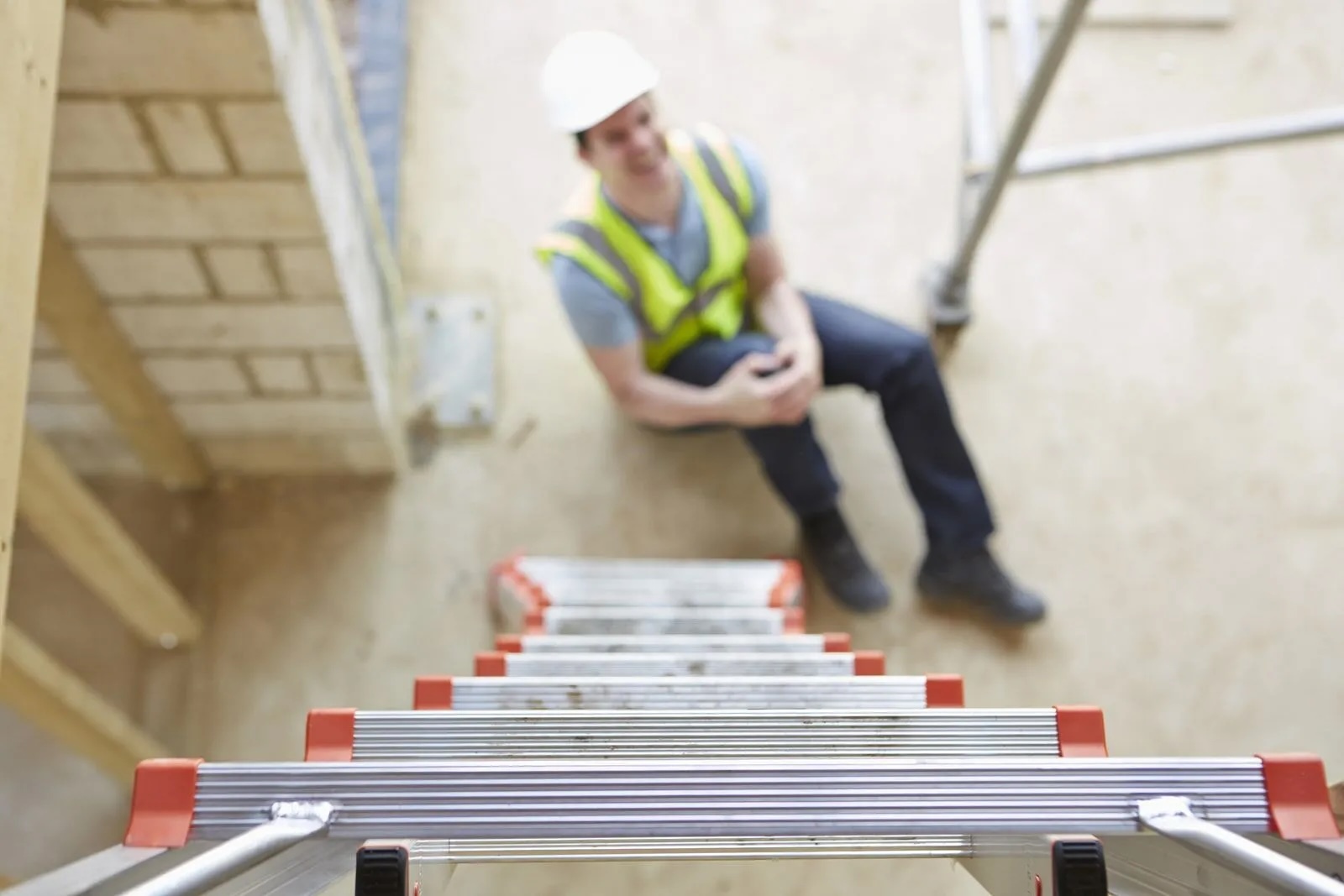

Building & Construction
How To Report An Unsafe Construction Site
Modified: January 4, 2024
Learn how to effectively report an unsafe building construction site. Safeguard the well-being of construction workers and prevent accidents and injuries.
(Many of the links in this article redirect to a specific reviewed product. Your purchase of these products through affiliate links helps to generate commission for Storables.com, at no extra cost. Learn more)
Introduction
Welcome to the world of construction! A realm where buildings rise from the ground, dreams become reality, and communities flourish. However, amidst the bustling activity and ambition of the construction industry, there are times when safety measures may be neglected, leading to potentially dangerous situations on construction sites.
Recognizing the signs of an unsafe construction site and taking appropriate action is crucial to ensure the well-being of workers and the general public. By reporting these hazards, you become an advocate for safety and help prevent accidents and injuries.
In this article, we will guide you through the steps of reporting an unsafe construction site. From identifying hazardous conditions to documenting and reporting them to the proper authorities, we will equip you with the tools to make a difference.
So, let’s dive into the world of construction safety and become proactive in identifying and reporting unsafe conditions on construction sites.
Key Takeaways:
- Recognize hazardous conditions and lack of safety measures on construction sites to report unsafe conditions effectively. Document and report to local building departments and OSHA for prompt action.
- Provide detailed information and follow up on reported hazards to ensure accountability and promote a culture of safety in the construction industry. Seek legal assistance if necessary for effective resolution.
Read more: How To Report Construction Noise
Step 1: Recognizing signs of an unsafe construction site
The first step in reporting an unsafe construction site is to be able to recognize the signs of hazardous conditions and the absence of proper safety measures. By developing an understanding of these indicators, you can effectively identify potential risks and take appropriate action.
1.1 Identifying hazardous conditions
There are several common hazardous conditions that may be present on a construction site. These include:
- Unstable structures or scaffolding
- Inadequate fall protection measures
- Poorly maintained or faulty equipment
- Lack of proper signage and warnings
- Inadequate ventilation and improper handling of hazardous materials
- Unsafe excavation or trenching practices
- Lack of proper fire prevention and protection measures
It is important to keep an eye out for these hazards and be aware of any other potential risks that may be specific to the construction site you are observing.
1.2 Recognizing lack of safety measures
In addition to identifying hazardous conditions, it is important to recognize when essential safety measures are lacking. These may include:
- Inadequate use of personal protective equipment (PPE)
- Lack of safety training for workers
- Insufficient emergency response plans
- Failure to comply with safety regulations and standards
When these safety measures are lacking, the risk of accidents and injuries is significantly increased. Being able to identify these deficiencies is crucial in reporting an unsafe construction site.
By being aware of these signs of an unsafe construction site, you are well-equipped to take the next steps towards ensuring that proper action is taken to address these hazards. In the following steps, we will guide you through the process of reporting the unsafe conditions and making a positive impact on the safety of the construction site.
Step 2: Collecting necessary information
Once you have identified an unsafe construction site, the next step is to collect important information that will support your report. Documenting the location and noting specific safety concerns will provide the authorities with valuable details to take appropriate actions.
2.1 Documenting the location
When reporting an unsafe construction site, it is essential to provide accurate information about the location. This includes the address, nearest landmarks, and any additional details that can help authorities easily locate the site. Take note of building or project names, if applicable, as they can aid in identifying the correct site.
In addition to written descriptions, consider taking photographs or videos of the construction site. These visual records can supplement your report and provide visual evidence of the hazardous conditions present.
2.2 Noting specific safety concerns
While documenting the location is important, it is equally crucial to note down specific safety concerns that you have observed. This information helps authorities understand the extent and severity of the hazards on the construction site.
Take detailed notes about the unsafe conditions you have witnessed. Include descriptions of any hazardous practices, lack of safety equipment or precautions, or any other safety violations. The more specific and detailed your observations, the more effective your report will be in prompting action.
Remember to be objective and stick to the facts. Avoid making assumptions or opinions based on limited information. Stick to what you have personally witnessed and can verify.
By collecting this necessary information, you are providing a solid foundation for your report, enabling the authorities to assess the situation accurately and take the appropriate actions to address the safety concerns.
Step 3: Contacting the appropriate authorities
After collecting the necessary information, it’s time to take action by reporting the unsafe construction site to the proper authorities. By doing so, you ensure that the concerns are addressed and necessary measures are taken to mitigate the risks. Here are two key authorities you should reach out to:
3.1 Reporting to the local building department
The local building department is responsible for overseeing and regulating construction activities within their jurisdiction. They have the authority to enforce building codes and safety regulations. Contacting the local building department is an essential step in reporting an unsafe construction site.
Research the contact information for the local building department in the area where the construction site is located. Provide them with the information you gathered in Step 2, including the location, documented evidence, and specific safety concerns. They will investigate and take appropriate actions to address the issues.
3.2 Reaching out to the Occupational Safety and Health Administration (OSHA)
In addition to reporting to the local building department, it is also beneficial to reach out to the Occupational Safety and Health Administration (OSHA). OSHA is a federal agency that focuses on ensuring safe and healthy working conditions for employees across various industries, including construction.
You can contact OSHA through their hotline or by visiting their website to report the unsafe construction site. Provide them with the same information you provided to the local building department, including the location, evidence, and specific safety concerns. OSHA will review the report and determine if a formal investigation is warranted.
Remember to follow any specific reporting procedures or requirements set by the local building department or OSHA. They may have designated forms or online portals for reporting unsafe construction sites.
By contacting the appropriate authorities, you play a vital role in ensuring that the unsafe conditions are brought to their attention, triggering necessary actions to rectify the situation and protect the workers and general public.
If you encounter an unsafe construction site, report it immediately to the relevant authorities such as OSHA or the local building department. Provide as much detail as possible to ensure a prompt and thorough investigation.
Step 4: Providing detailed information to authorities
Once you have contacted the authorities, it is important to provide them with as much detailed information as possible. This will help them understand the extent and severity of the hazards on the construction site. Here are two key ways to provide detailed information:
4.1 Describing observed hazards
In your report to the authorities, provide a clear and concise description of the hazards you have observed on the construction site. Be specific about the unsafe practices, conditions, or violations that you have witnessed. Use objective language and focus on factual details.
For example, instead of saying “The construction site is very dangerous,” you can say “There is inadequate fall protection on the scaffolding, and workers are not wearing the required safety harnesses.”
By accurately describing the observed hazards, you provide the authorities with a clear understanding of the safety risks that exist on the site.
4.2 Providing relevant photos or videos
In addition to describing the hazards, provide relevant visual evidence to support your report. Include photographs or videos that clearly capture the unsafe conditions on the construction site. Visual evidence can be powerful in highlighting the dangers and helping authorities assess the situation accurately.
When taking photos or videos, ensure that they are clear and well-lit. Focus on the specific hazards and make sure they are easily identifiable. If possible, provide multiple angles to provide a comprehensive view of the safety concerns.
Include these visuals as attachments to your report or upload them to the appropriate portals specified by the authorities. Ensure that the files are in a format and size that can be easily viewed and accessed.
By providing detailed information, both in written form and with visual evidence, you assist the authorities in understanding the gravity of the unsafe conditions on the construction site. This facilitates their decision-making process and increases the chances of prompt and appropriate action being taken.
Read more: What Is A Construction Site
Step 5: Following up on the report
After reporting an unsafe construction site, it is essential to follow up on the actions taken by the authorities. By staying engaged and persistent, you can ensure that the reported hazards are addressed effectively. Here are two key steps to consider for following up:
5.1 Checking for actions taken by authorities
Keep track of the progress made by the authorities in response to your report. Contact the local building department or OSHA to inquire about the status of the investigation or any actions taken as a result of your report.
If possible, ask for an update in writing to have a record of the actions being taken. Inquire about any citations, penalties, or corrective measures imposed on the responsible parties. Gathering this information helps you understand the impact of your report and ensures that necessary steps are being taken to address the safety concerns on the construction site.
5.2 Seeking legal assistance if necessary
In certain situations, you may encounter challenges or delays in addressing the reported hazards. If you believe that the authorities are not taking appropriate action or if your concerns are not being adequately addressed, it may be necessary to seek legal assistance.
Consult with an attorney who specializes in construction and safety matters. They can provide guidance on your rights and options, as well as advocate on your behalf to ensure that the unsafe conditions are addressed effectively.
Legal assistance can help navigate any complexities or obstacles that may arise during the process of addressing the reported hazards. It provides an additional layer of support to ensure that the construction site is made safe for workers and the public.
By following up on the report and staying engaged in the process, you play an active role in holding responsible parties accountable for maintaining a safe construction site. Your persistence can make a significant difference in protecting the well-being of workers and preventing potential accidents or injuries.
Conclusion
Reporting an unsafe construction site is a crucial step in ensuring the safety of workers and the general public. By recognizing the signs of unsafe conditions, collecting necessary information, contacting the appropriate authorities, providing detailed information, and following up on the report, you become an advocate for safety and contribute to creating a safer construction industry.
Throughout this process, it is important to remain vigilant and thorough. Take the time to observe and identify hazardous conditions, noting any lack of safety measures. Document the location and specific safety concerns, providing the authorities with accurate and detailed information.
Contact the local building department and reach out to OSHA to report the unsafe conditions. These authorities have the power to enforce regulations and take actions to address the hazards. By involving them, you initiate the process of ensuring the construction site becomes safer and compliant with safety standards.
Support your report with evidence such as photographs or videos that clearly depict the unsafe conditions. This visual documentation strengthens your case and assists the authorities in understanding the severity of the hazards present on the site.
Following up on the report is essential to ensure that the necessary actions are being taken. Regularly communicate with the authorities to inquire about the progress and actions being implemented to address the reported hazards. If needed, seek legal assistance to ensure that the responsible parties are held accountable and that the safety concerns are adequately addressed.
Remember, reporting an unsafe construction site is not only about addressing immediate dangers, but also about promoting a culture of safety within the construction industry. Your actions contribute to the overall well-being of workers, the quality of construction projects, and the reputation of the industry as a whole.
By actively reporting unsafe construction sites, you become part of the solution, helping to create a safer environment for everyone involved in the construction process. Together, we can work towards a future where construction sites are synonymous with safety and well-being.
Frequently Asked Questions about How To Report An Unsafe Construction Site
Was this page helpful?
At Storables.com, we guarantee accurate and reliable information. Our content, validated by Expert Board Contributors, is crafted following stringent Editorial Policies. We're committed to providing you with well-researched, expert-backed insights for all your informational needs.
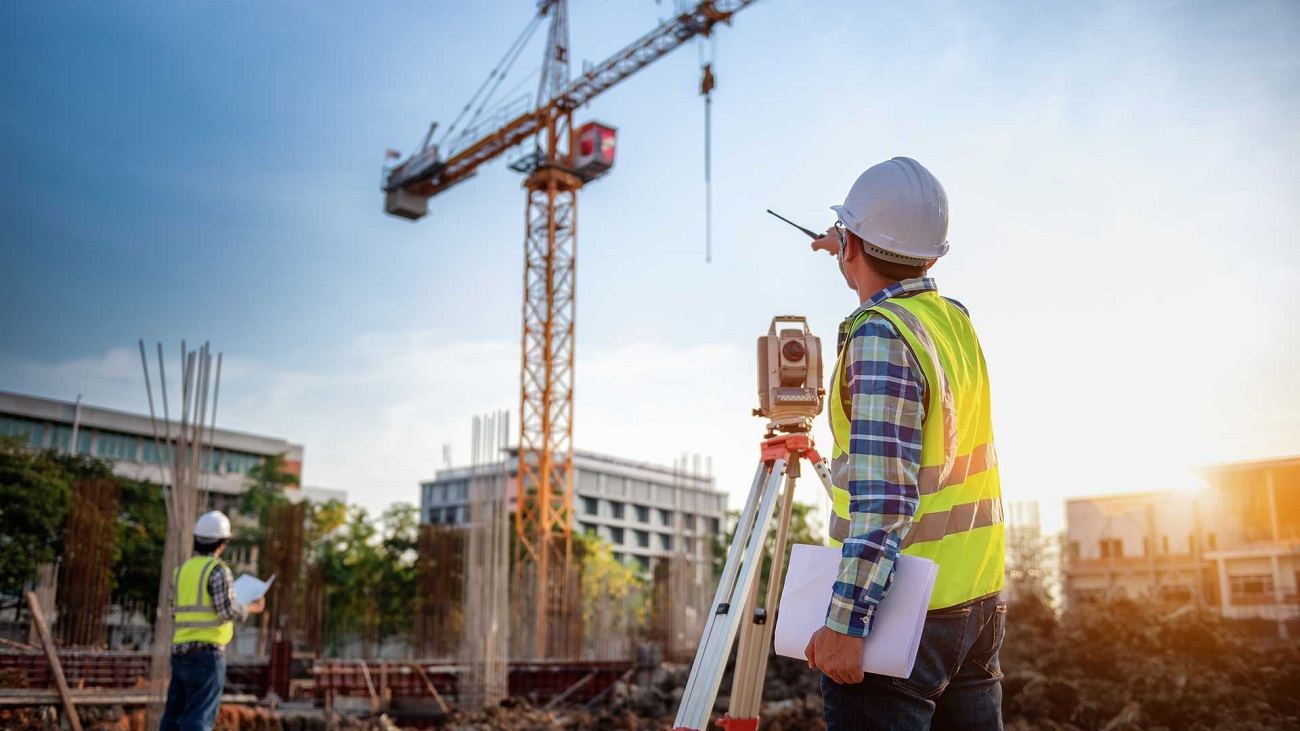
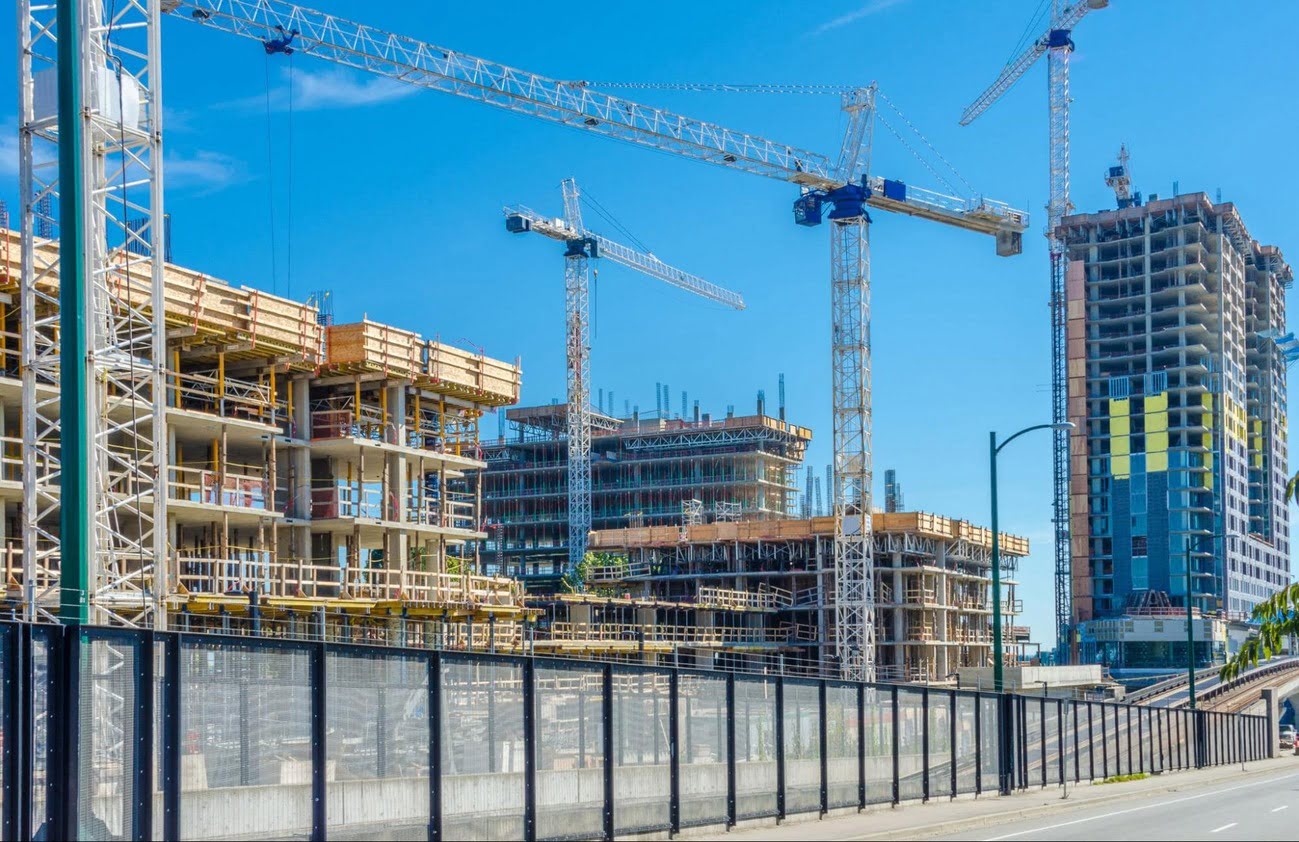
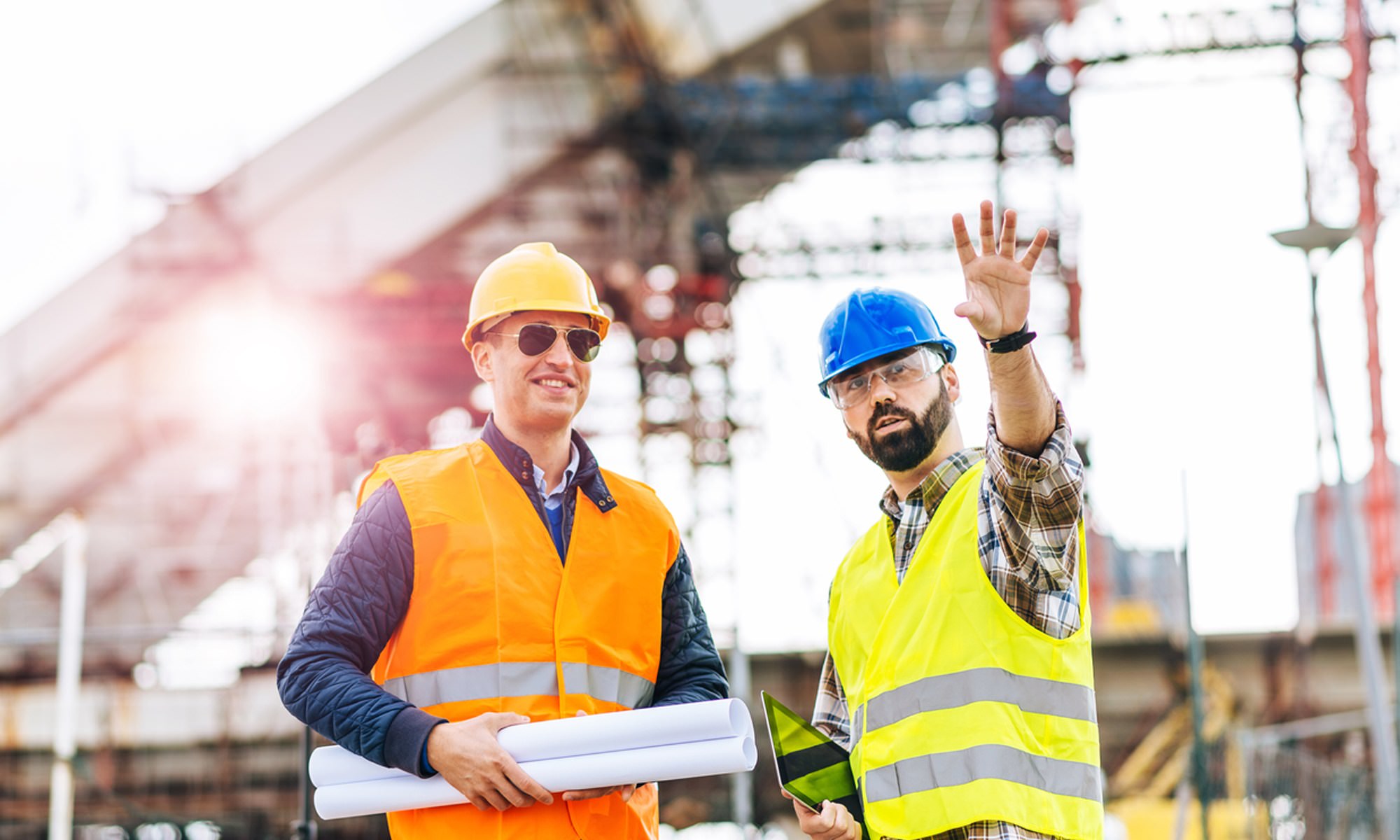
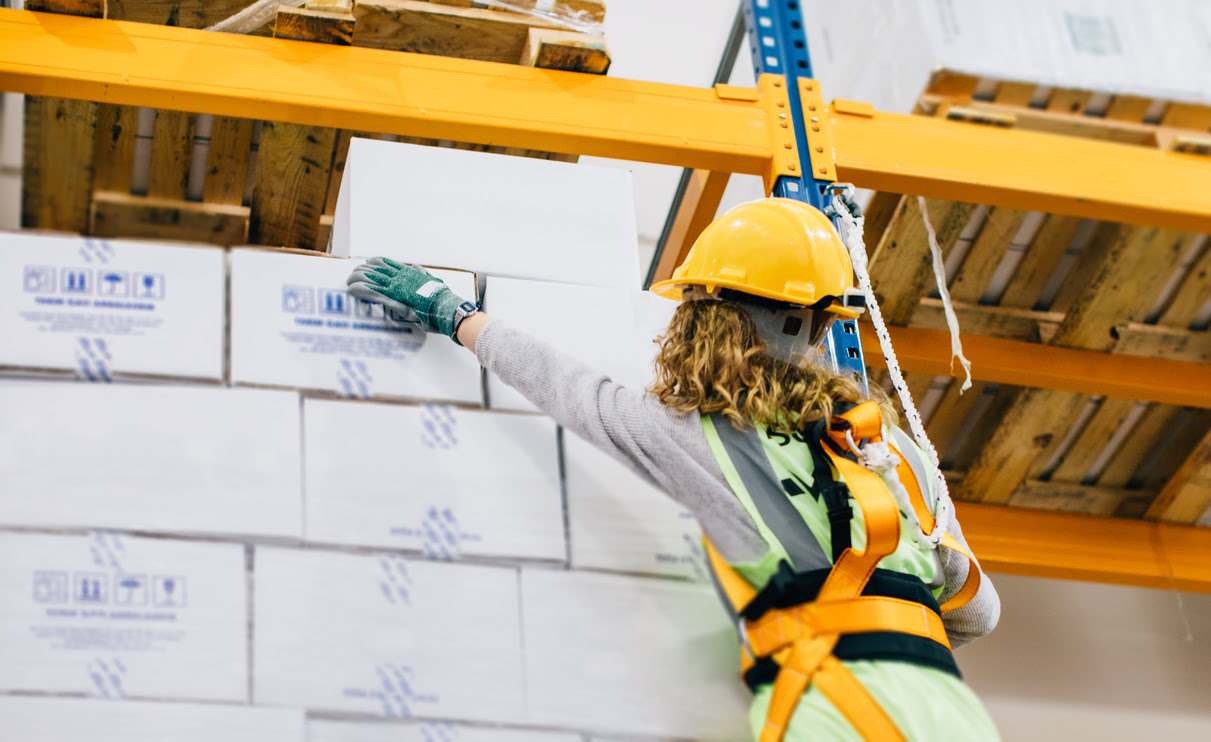
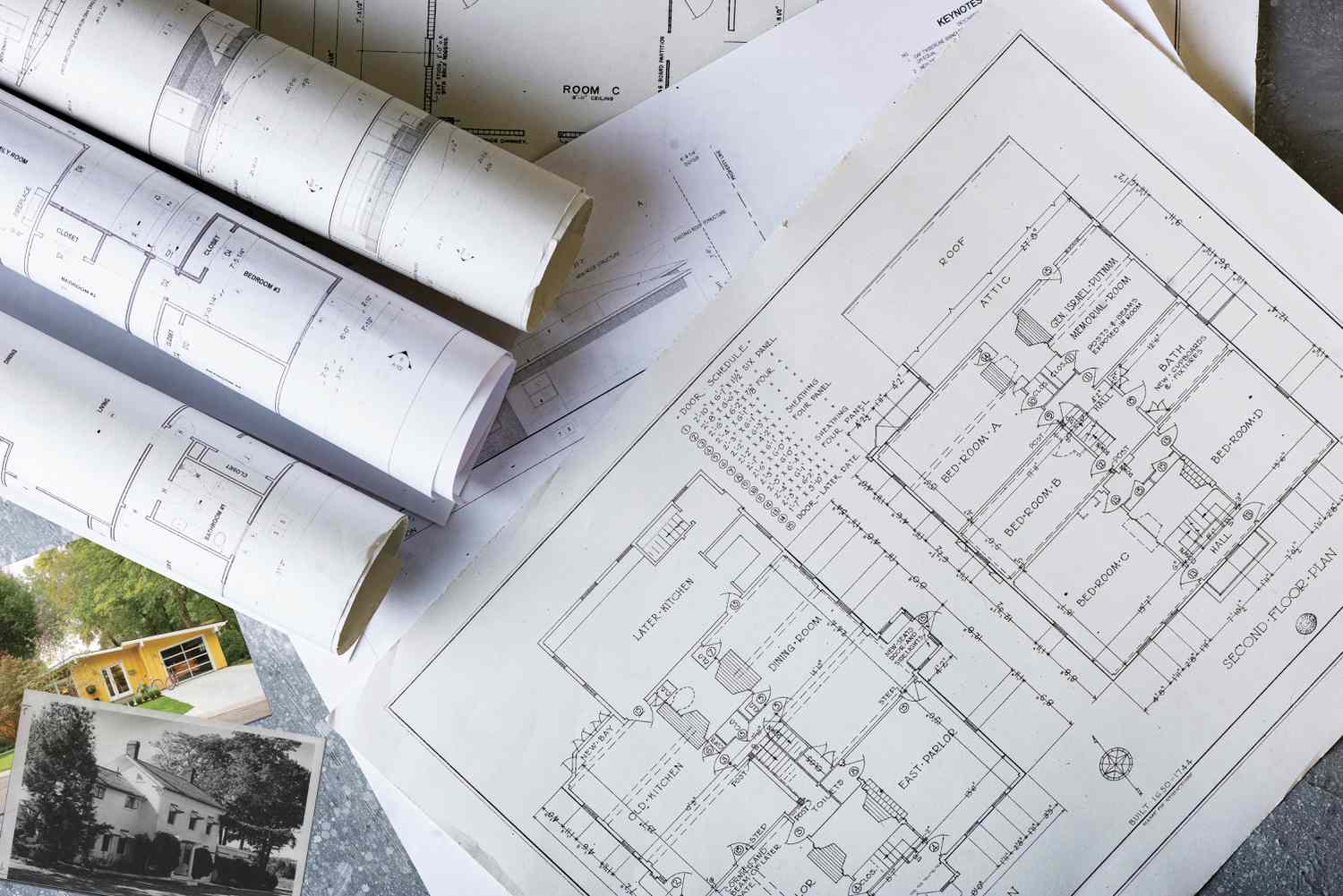
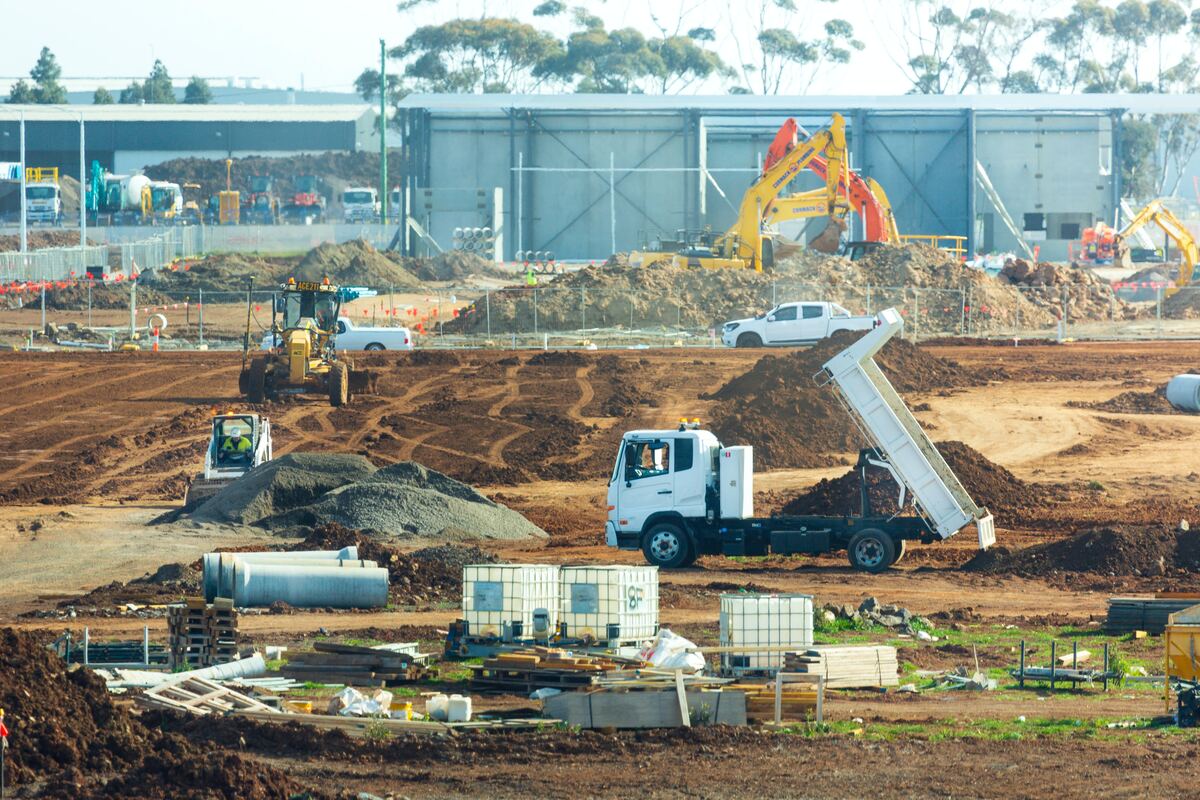
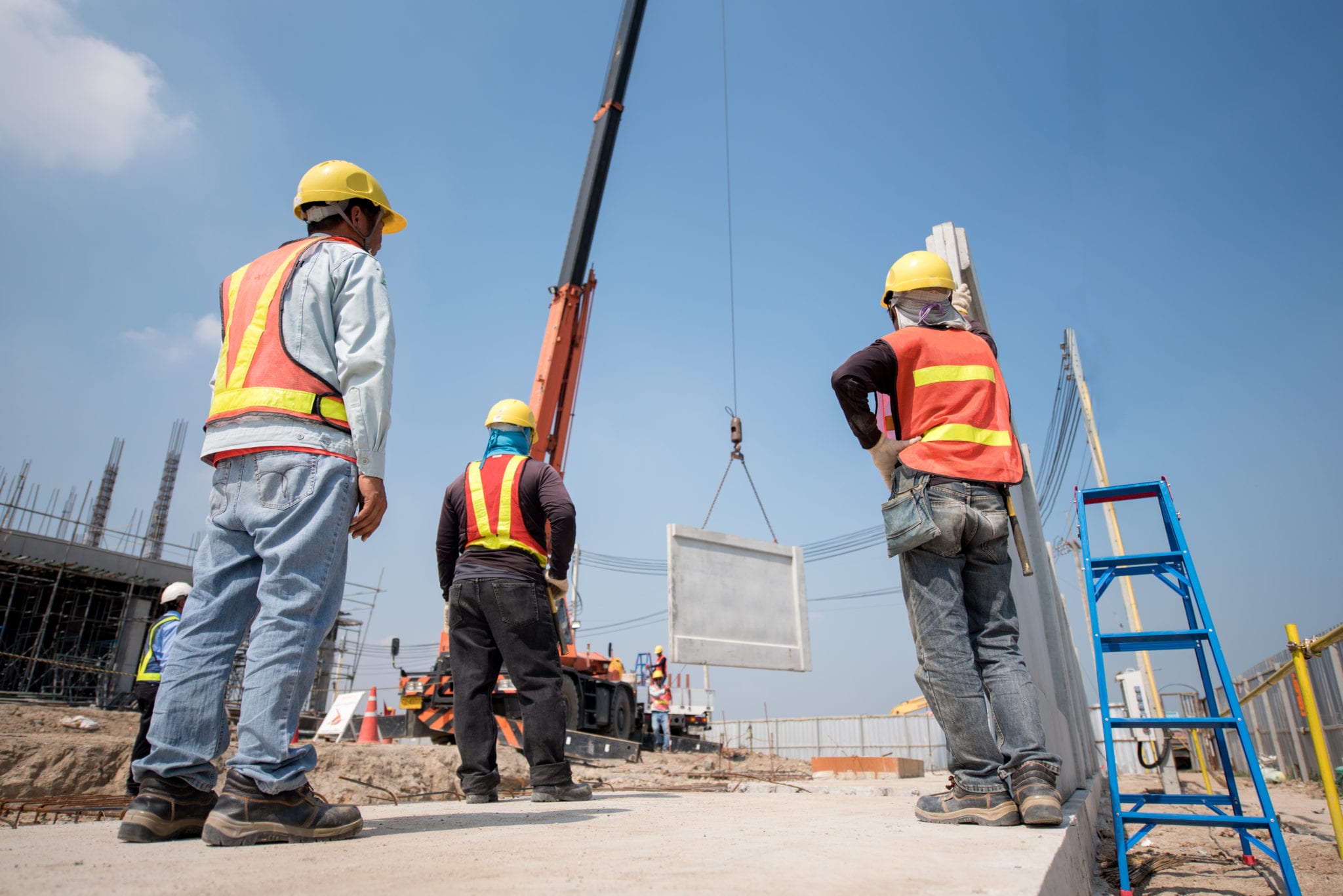
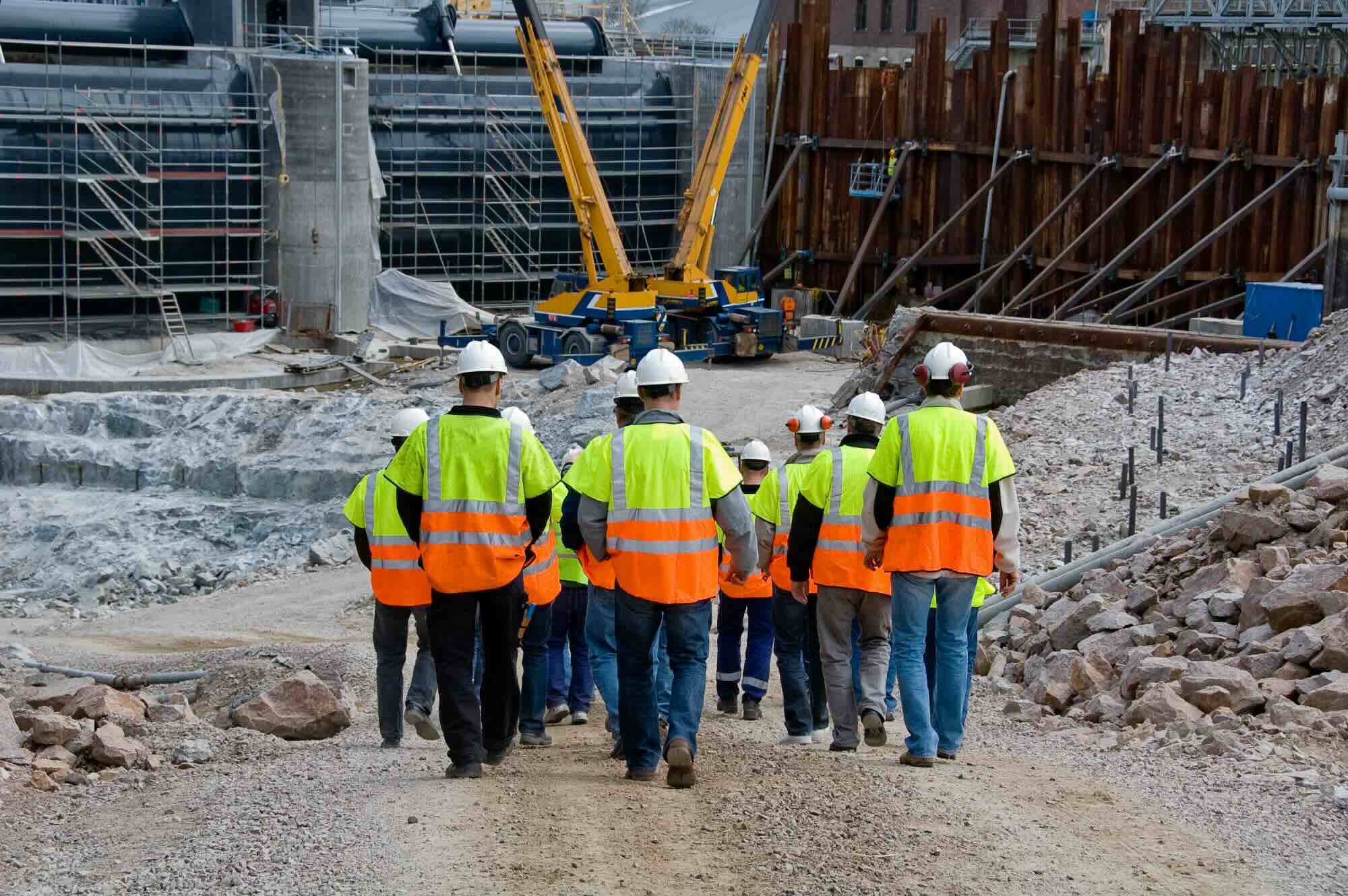
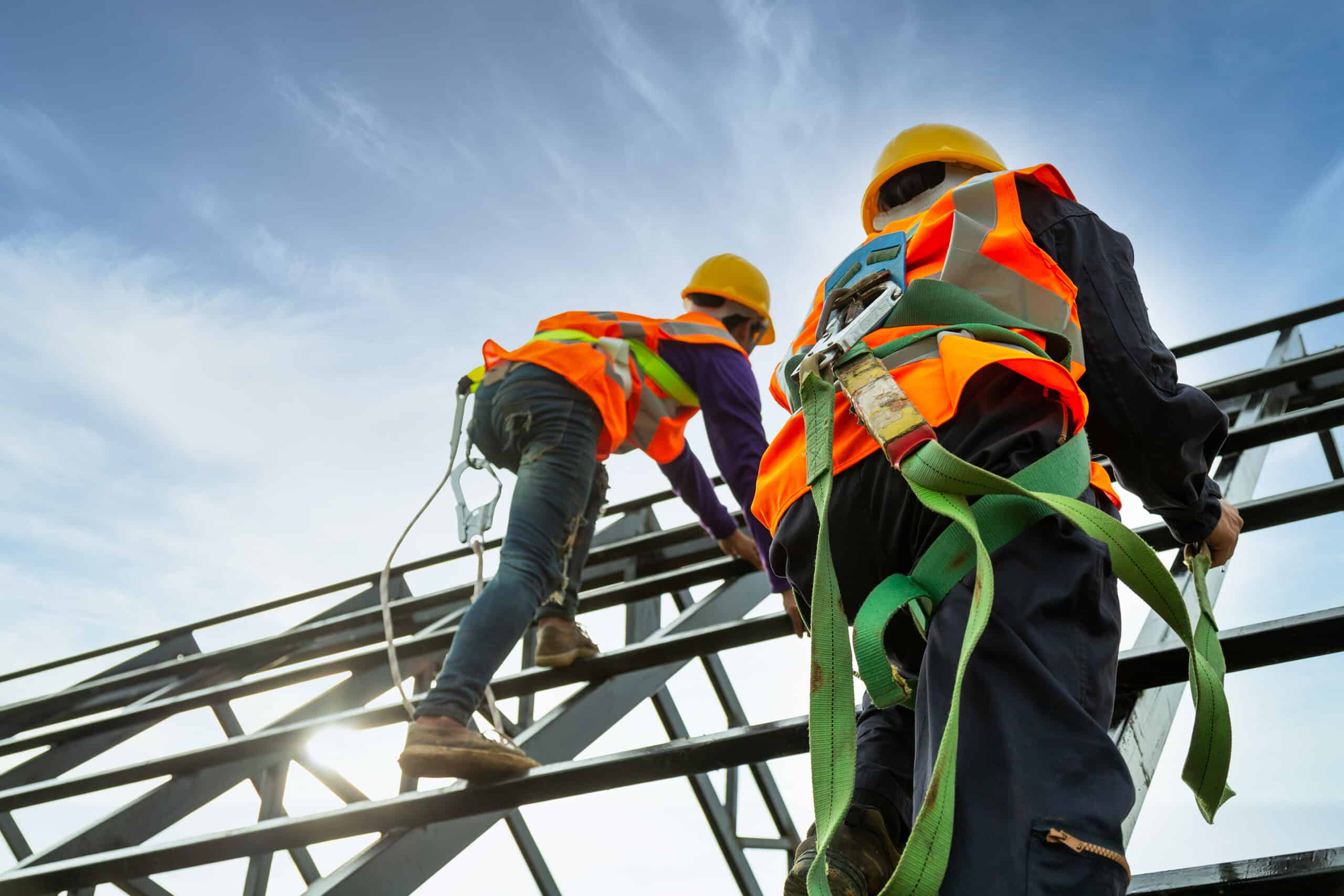
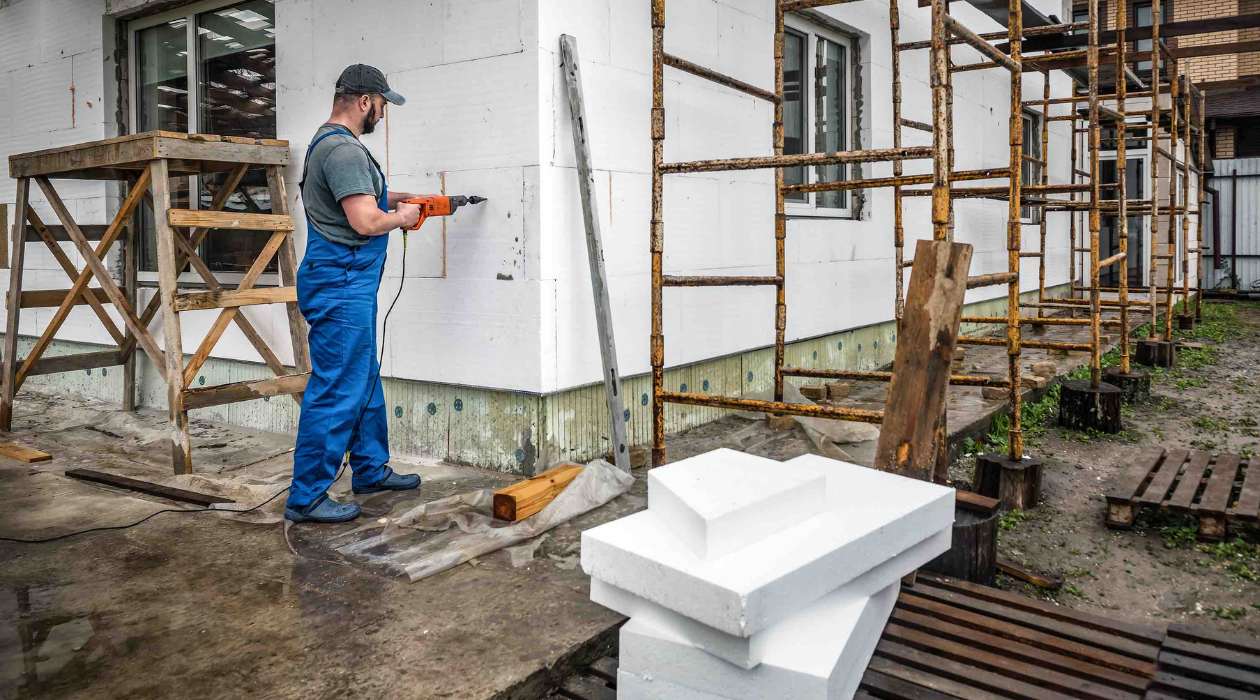

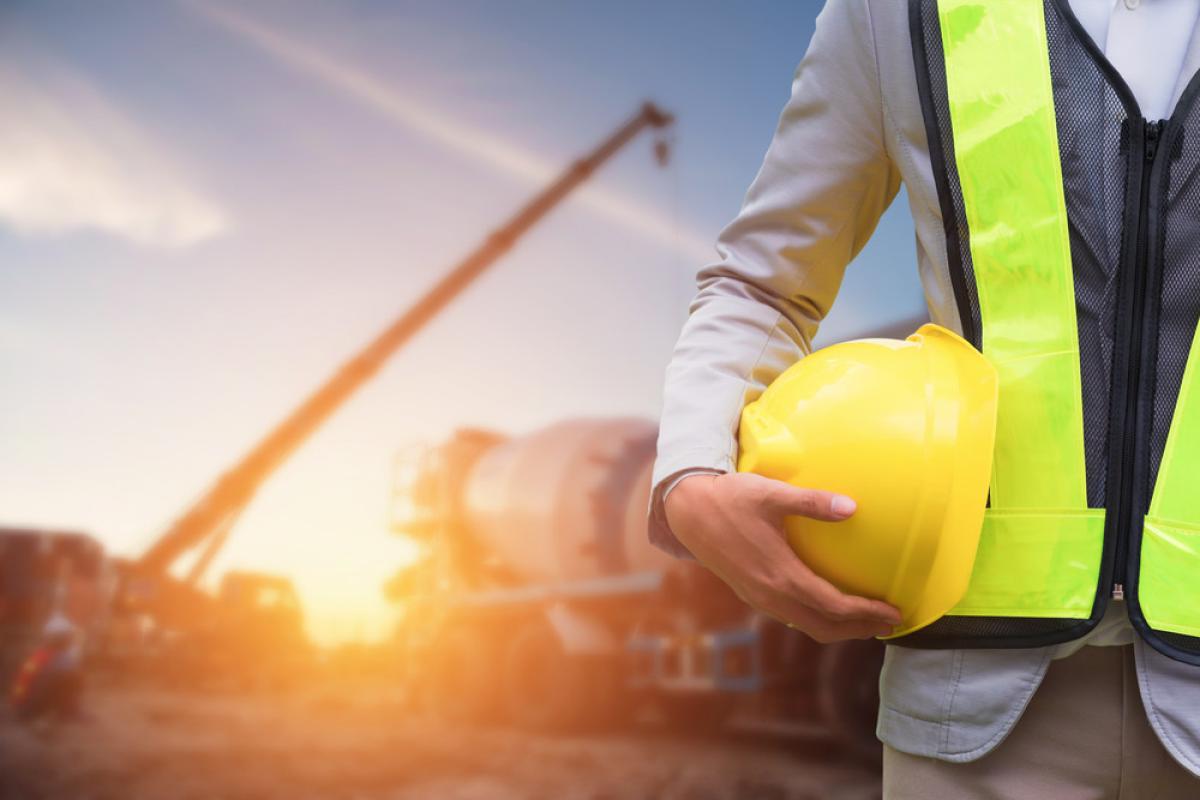

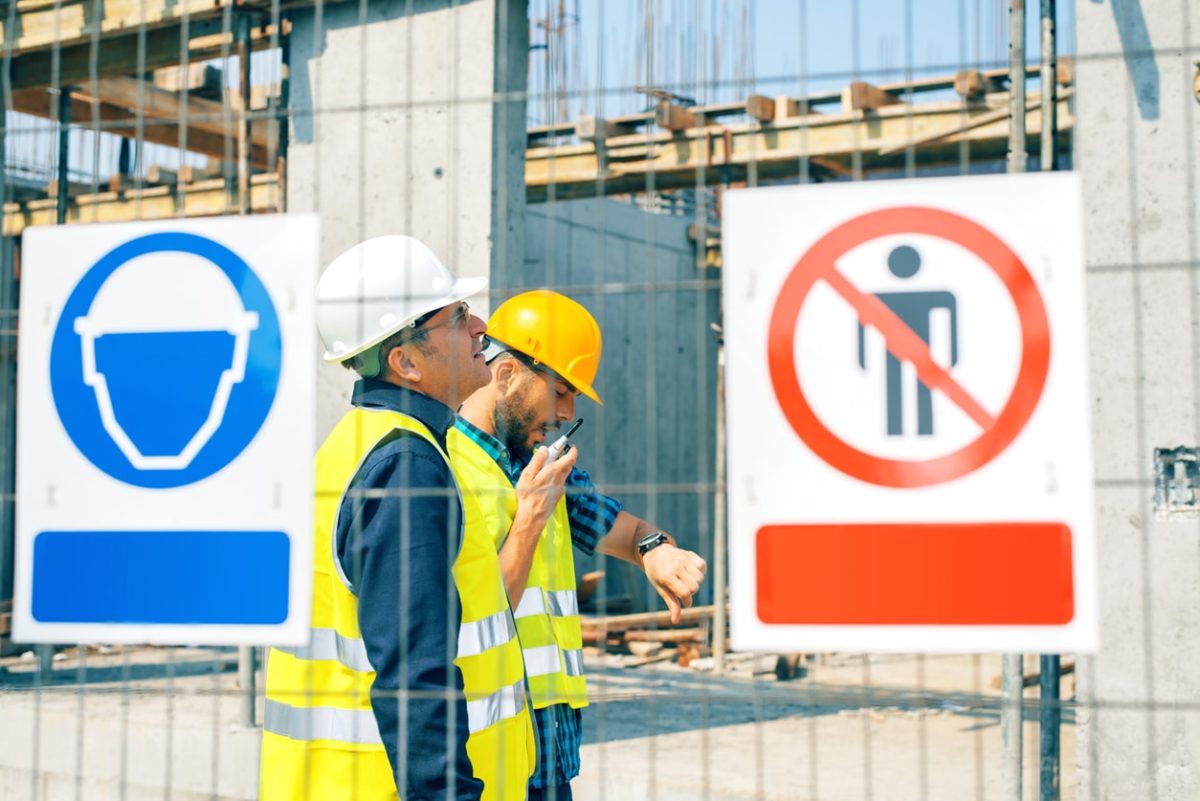

0 thoughts on “How To Report An Unsafe Construction Site”